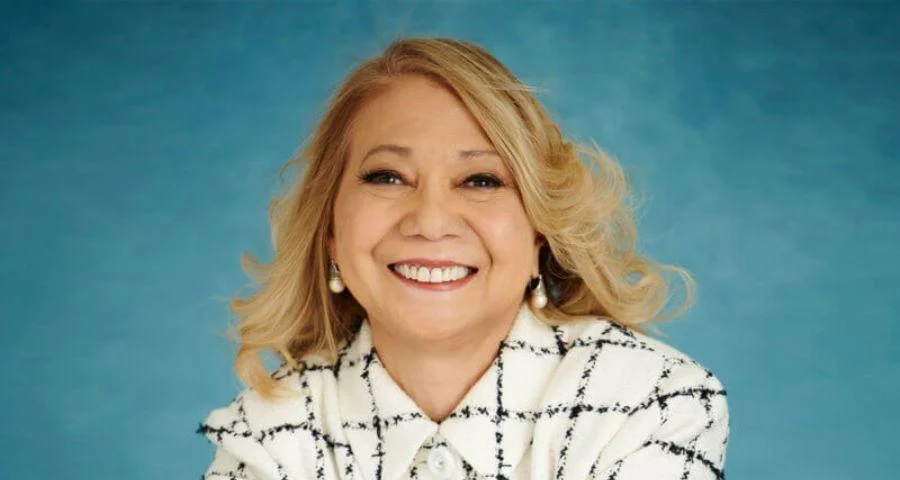
Mildred García, Chancellor | California State University
Faculty at California State University are facing increased demands with fewer resources, leading to stress and feelings of isolation, especially among faculty of color. "Academia is a high-stress, high-surveillance environment. Faculty are asked to do more with less: more students, more reporting, more unpaid labor — and less time, less support, and less say in decisions that shape our work. For many of us, the job has become a constant negotiation between our values and institutional priorities."
Despite these challenges, some faculty members remain committed to their roles because of their students. "And yet, I stay. Not for the salary. Not for the endless meetings or initiatives that depend on faculty labor but often move forward without our input. I stay because of my students. They are the reason I continue to show up."
At one California State University campus, students come from diverse backgrounds and many are first-generation college attendees. The lack of representation among faculty can be isolating for Black professors on campus. "It can be isolating. I attend meetings where no one else looks like me. I navigate policies that were not built with people like me in mind. Even well-intentioned efforts to foster belonging often feel top-down or disconnected from the everyday realities of teaching, mentoring and being visible."
Students play an important role in supporting their professors by engaging in class and offering personal interactions that reinforce a sense of community. "But my students — across all backgrounds — support me in ways they may not even realize. It’s in the way they show up, engage with material, trust me with their stories, or quietly ask, 'How are you doing?' They remind me: when Black professors are in the classroom, everyone benefits."
Representation is seen as beneficial for all students because it broadens perspectives and encourages open dialogue within classrooms. "They understand that representation is about more than role models for Black students. It expands perspectives, deepens classroom trust, and allows for more honest, critical dialogue. Our presence in the academy challenges the status quo and makes space for voices that are too often ignored."
While student support helps sustain faculty morale amid institutional shortcomings such as lack of recognition or burnout risk—"In a profession where recognition is rare and burnout is high, a thank-you note, a hallway chat, or a class conversation that sparks something real can carry me through weeks of feeling invisible in faculty spaces"—the responsibility should not fall solely on students.
The article calls on universities to take action beyond symbolic gestures toward diversity by involving students directly in strategies to retain faculty of color and improve campus climate through authentic engagement rather than only formal evaluations or committees.
"Institutions should partner with students to co-create strategies for retaining faculty of color. That means going beyond traditional evaluations to foster real conversations about campus climate, mentorship and visibility... Universities should also rethink what support looks like outside of formal structures... Student organizations often model this well... Faculty can benefit from those spaces too — not as authority figures but as participants in a shared community."
The piece concludes by emphasizing that relationships between students and faculty have significant potential to drive change within higher education institutions.
"This isn’t just about one professor’s experience. It’s a reminder to higher-ed leaders, policymakers and educators that student-faculty relationships are powerful levers for change. If we want to build inclusive thriving campuses we must center the people who are already doing the work of belonging — even when no one is watching."
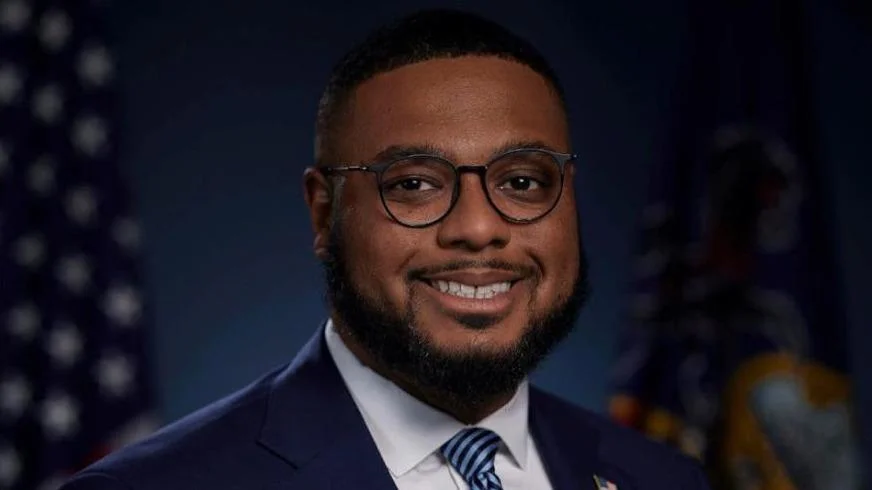
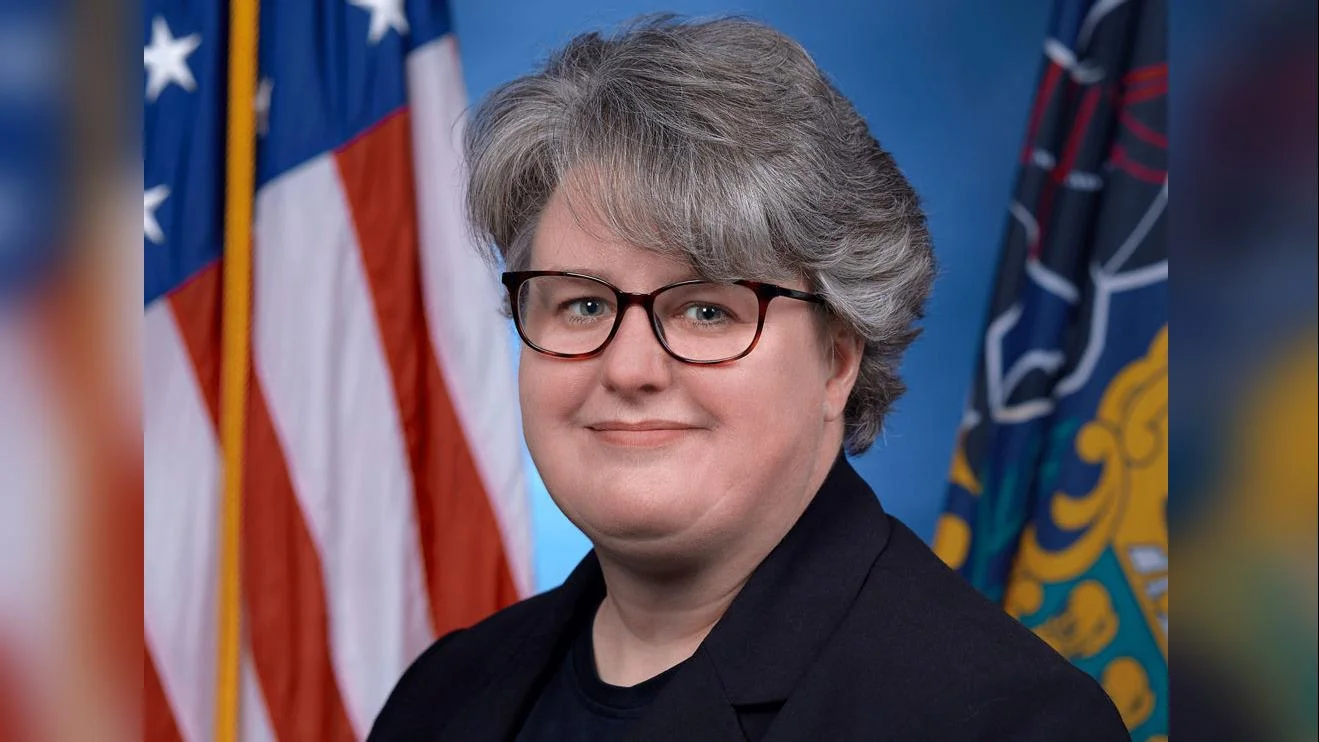
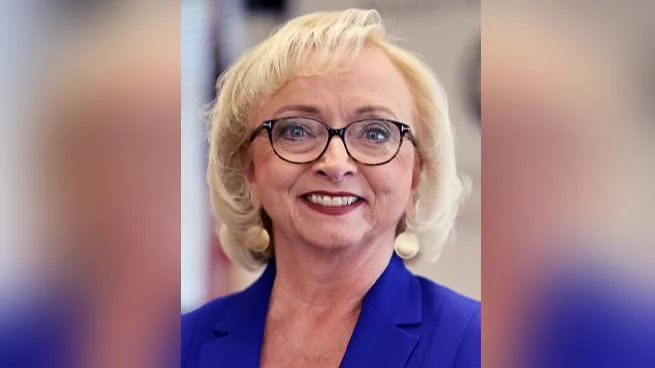
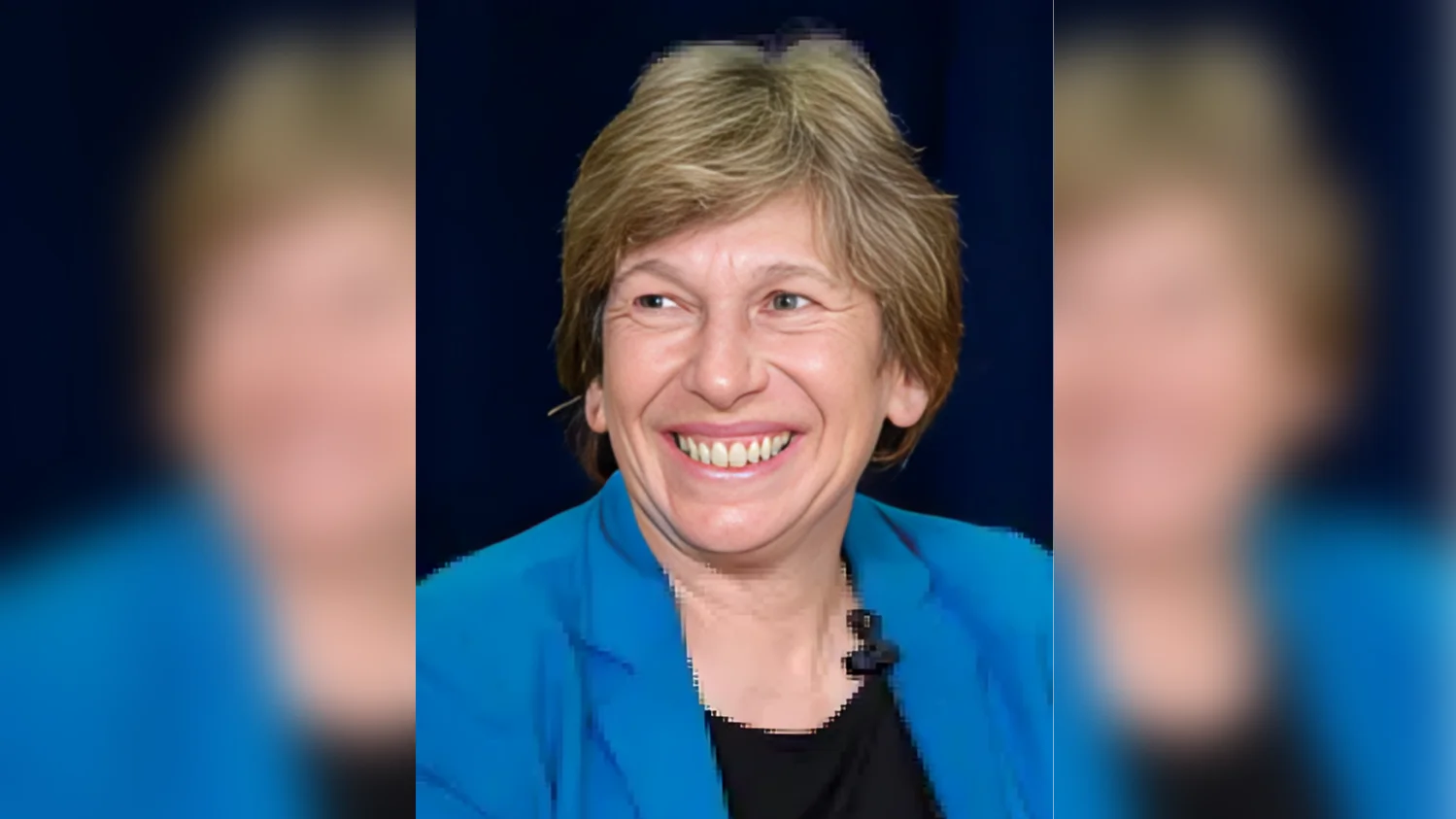


 Alerts Sign-up
Alerts Sign-up